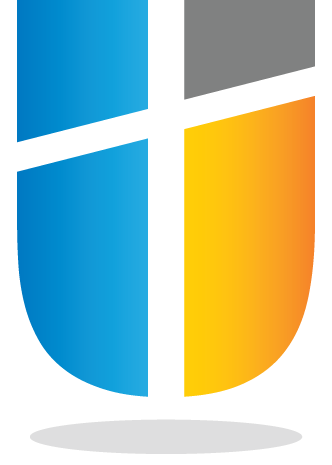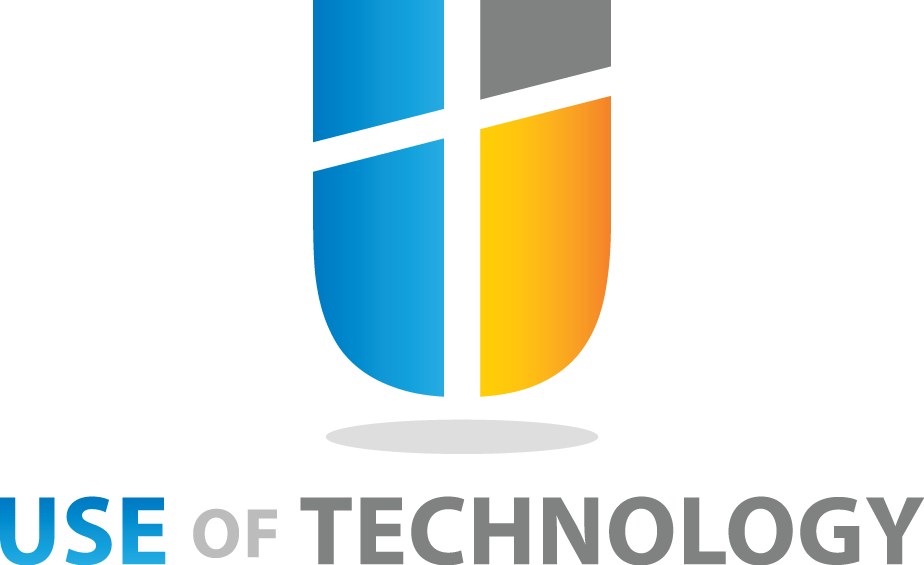Assistive technology (AT) is anything in the form of a software or hardware that can help disabled persons in performing tasks or getting information. The goal is to compensate the natural physical disabilities with technological products that can do tasks in the quickest and the most manageable way possible.
Understand Assistive Technology: What You Didn’t Know
Assistive technology isn’t only for the disabled or impaired. The purpose is to mere anyone in any task and makes it quick. The focus of AT, however, is the individuals who can’t do things normally. Here normal also needs an extension. Let me ask you, is a digital dictionary an AT product or is it not? You will know the answer by the end of this article.
Types of Assistive Technology
The various types of assistive technology rather depend on how you classify them. For example, we already pointed out the hardware and software forms. Both components work together to aid the input and output tasks. So the classification is basically carried out on the basis of complexity.
An easy pacification would be the electronics and non-electronic categories. Braille in the form of books is the simplest type of assistive technology maneuvers. On a paper, braille may not look something digital but when a blind person lays fingers on it to read, his brain is acting like a DVD player.
What relates Braille embossers to the technology is actually how they are made. All the braille text is first fed into a computer that translates text information (English etc) before printing it out on an embosser in the form of braille code. Fuzzy felt card boards are another example of low-tech AT.
ALSO CHECK OUT: WHAT ARE SNAPCHAT SPECTACLES?
Input Assistive Technology
These technological products are input-related and are used to assist a person with impaired cognitive abilities like the blind and the deaf. Various types of screen readers, curriculum software, hearing aids come under this category.
Output Assistive Technology
These technological products are output-related and are used to assist a person with impaired motor abilities like the disability to use legs or hands. Tech products like specialized keyboards, often used for text to speech, pointing devices, electric wheelchairs, and prosthetics come under this category.
Hi-tech Assistive Technology
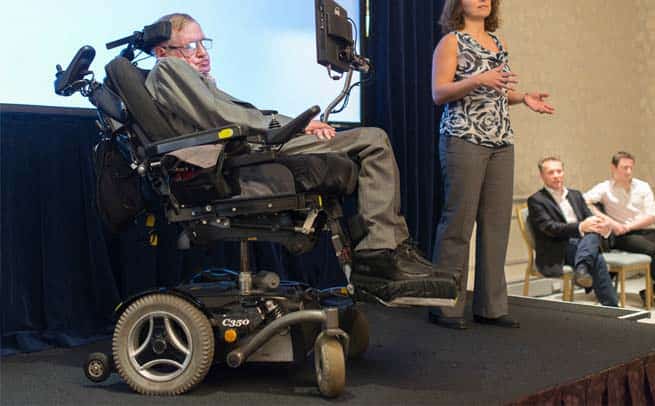
Have you seen Stephen Hawking’s chair? It was a gift from IBM, which not only gives him the power to speak but move as well. Likewise, special purpose systems are used to help the disabled or physically impaired people carry out their routine life.
Prosthetic hands and arms are also another examples of hi-tech ATs. Movement of hands and fingers are controlled by minor twitching of the muscles of the arms. Advances in neurology are gradually bringing the inputs directly from neurons, but these neurological methods will take some more time to perfect.
ALSO CHECK OUT: TECH STARTUP TRENDS TO WATCH
Taking a step further, exoskeletons are a rising trend. External suits can be used to powerlifting, as seen in Tom Cruise’s Edge of Tomorrow. They can be simply used to perform daily life activities as well. The research in this area is a major focus of the military, but eventually, a consumer-friendly version of exoskeletons would eventually show up.

Low-tech Assistive Technology
These types of assistive tech products are rather based on mechanical principals. For example, prosthetic legs use spring systems.
Use of Assistive Technology Products
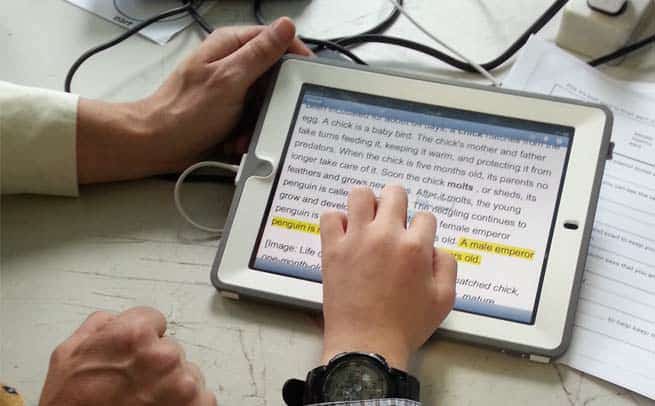
Text to speech software: These AT products can be called kings of among this line of tech. These aid people with dyslexia, especially kids, to overcome the visual barrier and learn anything through sound.
Audiobooks: While text-to-speech tools only account for the partial amount of selected texts, audiobooks offer a world of information and stories. They are suitable for anyone who doesn’t like to read.
Speech-to-text software: It is like the king item among writing assistive technologies. You just dictate and later correct if there are few errors.
Keyboards and touchscreens: For individual who can’t use pen or pencil.
Word prediction: Together with above, prediction makes typing and input faster.
Spell-check and grammar: Well, even I use that. The point is saving time instead of having to search for errors.
Graphic organizers: This includes mind maps, flow charts etc.
Dictionaries and thesauri: Again, normal people use digital dictionaries as well but kids benefit the most from it. Dictionary is also an assistive technology so you can save some heat and bytes on your memory.
Math notation tools: They enable quick writing of mathematical symbols and equations.
Drawing tools: Long gone are days of stencils and protectors, the Microsoft paint program alone has various shapes, and more advanced drawing tools are available online.
What has Assistive Technology Done So Far?
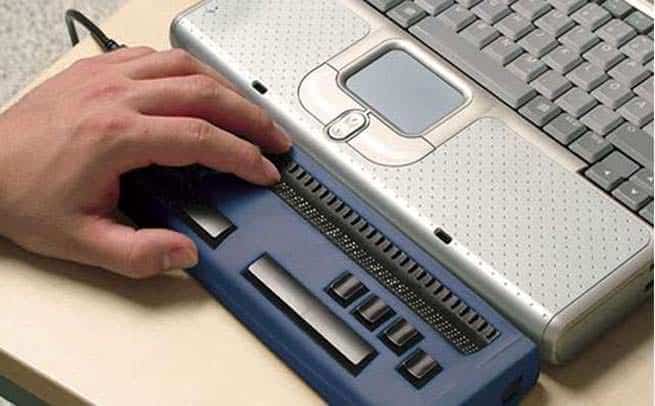
In easy English, the blind cannot read so braille code helps them read. Deaf people cannot hear the sound alert and flashing light aides are used to alert them if something goes wrong. People with impaired sight cannot read computer text and that’s why every windows software is shipped with a magnifier so they can zoom into it. People who cannot move their hands can navigate through windows and move the cursor on the screen. Without these basic facilities, it is impossible to imagine that disabled and impaired individuals would have walked the distance with technological developments.
ALSO CHECK OUT: USE OF ELECTRIC CAR IN CURRENT
Assistive Technology Industry Association
Thanks to organizations like Assistive Technology Industry Association, there’s been much research and reconsideration so new technologies could be developed keeping the disabled in mind. ATiA members like Microsoft, ABBYY software house, AbleNet, Aira, and many others strive to walkthrough human beings with disabilities continue their life with pride.
Future of AT
The future of assistive technology is bright, the sky is the limit. From exoskeletons to artificial limbs, artificial eyes, and even voice organs are among the possibilities. Neurology is the key element in AT developments and future of humanity is deeply wired into what machines have to offer. Not to mention the research in machine vision.
Use of Assistive Technology: Summary
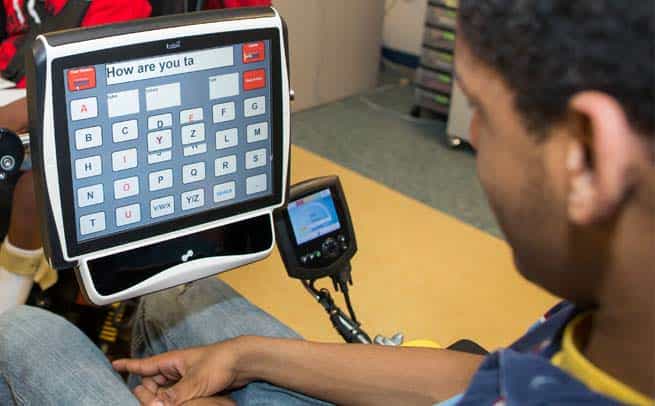
We learned that use of assistive technology is common than generally thought and while such products are designed for the disabled persons, their usage may not be limited just to them. We also learned about various types and categories of AT and what companies and organizations are contributing to the cause. Please share your thoughts, comment below!
